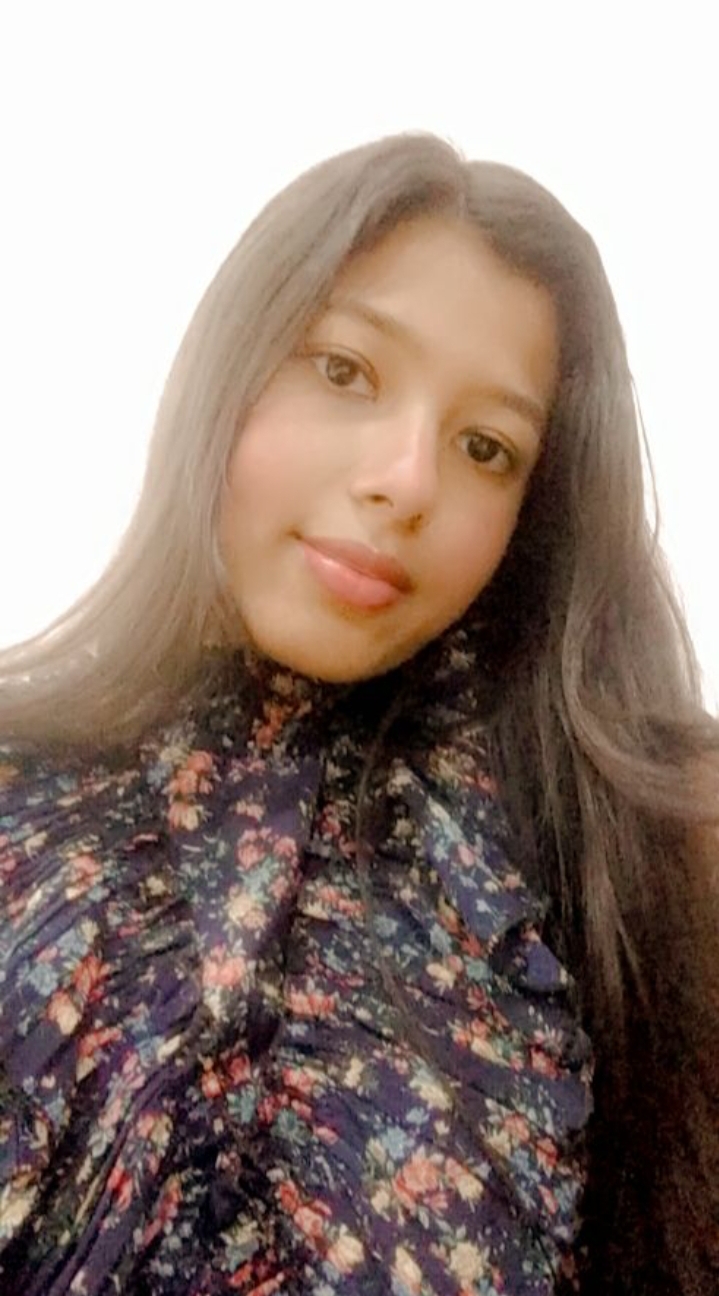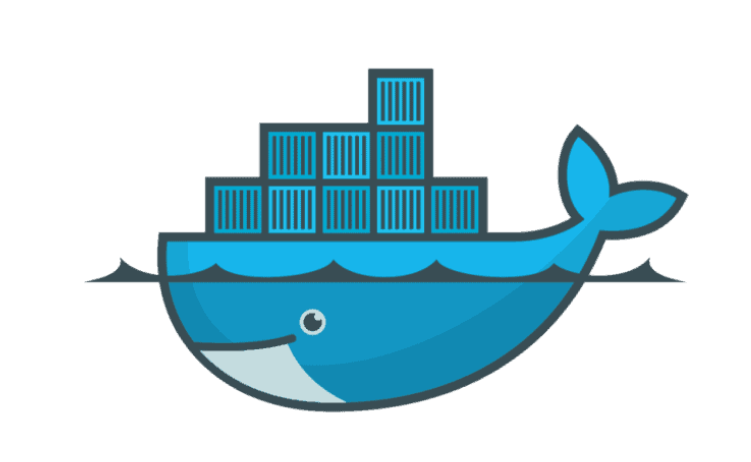Terminologies in Docker
 Anushikha Das
Anushikha Das
In the last blog, we have seen what docker is and how it is making the lives of developers easy. We have also seen what containers are, a container can be simply understand by taking real world scenario like:-
Let's say we have to travel to any place maybe some foreign countries. We need five things e.g.(clothes, shoes, cosmetics, medicines, maybe some dry food). Now for our ease, instead of taking many small small bags, we just pack every items in a large bag maybe a trolley bag. The trolley bag here acts as a container which contains all required stuffs in one huge box.
Lets dive deeper now. There are some terminology that will be used frequently in the docker ecosystem.
Images : Images are stored in docker hub. Images can be stored or created by you and me. Docker hub has over millions of images which are built by developers. You can try exploring docker hub and play with it by running some images. Also we can use the docker pull command to download the image. There are two types of images.
Base Images : are images are the ones that have no parent images like ubuntu, debian and so on.
Child Images: are the images that build on base images and some additional functionality.
Containers : These are derived from docker images and run the actual application. we can use the docker run command to create a container. If we want to see all the containers that are running we can use the docker ps command.
Docker Daemon : It manages building, running and spreading docker containers. It is the background service that runs on the host. The daemon is the process that runs in the OS which clients interact with.
Docker Client : It is the command line tool that allows users to interact with the docker daemon.
Docker Hub: All the images that we run in the docker is stored in the docker hub. It is like the registry where all docker images are present. We can even host our own images and pull it.
Note: You can think images as the class and containers as the objects to understand better.
Subscribe to my newsletter
Read articles from Anushikha Das directly inside your inbox. Subscribe to the newsletter, and don't miss out.
Written by

Anushikha Das
Anushikha Das
I am a frontend developer and I am always curious to explore and know things more. I like to learn new things and share my knowledge with the world through writing blogs.